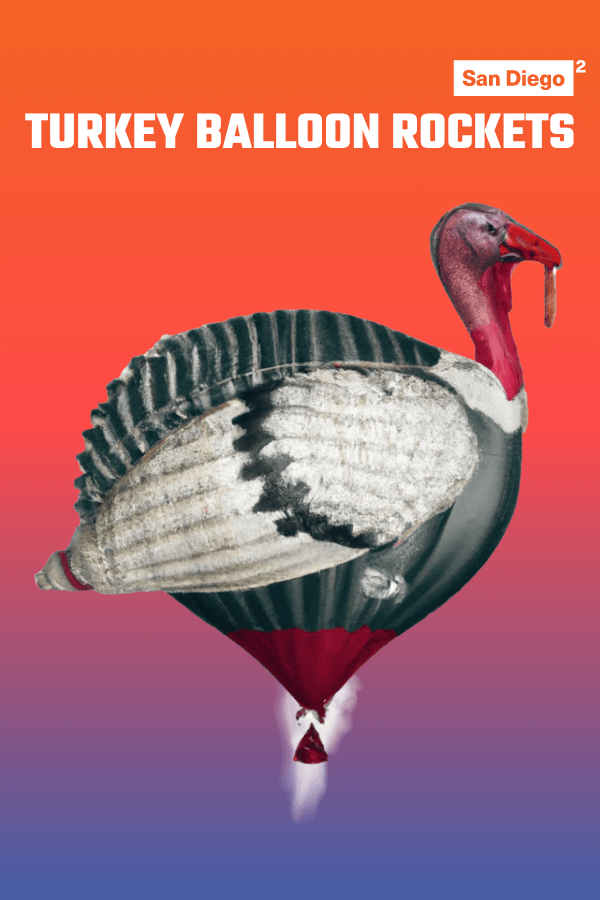Blog
Fall Break STEM Activity for Elementary School Students
Allow us to take you back in time – rocketry has been around for hundreds of years. However, rocket physics has not changed despite advances in rocket technology and propulsion systems. A force is defined as the pressure applied across a particular area. Some form of force is required to drive a rocket, which is why aircraft and rockets rely on thrust to move ahead.
Balloons are inflated using a gas such as air, and pressure builds up inside the balloon as gas molecules smash into each other. As the balloon fills with gas, the number of particles and collisions increases. The gas particles colliding inside the balloon exert a massive force, although being too small to be seen with the naked eye. The balloon is under greater pressure from the gas within than from the air outside. When a balloon is let go of, the internal pressure is quickly reduced by the rapid expulsion of gas. As the air escapes, the balloon begins to deflate. The resistance the balloon encounters is described by Newton’s Third Law.
What you’ll need for this experiment:
• Balloons
• Straws
• 10 feet of string
• Permanent marker
• Cargo (paper clips, bottle caps, candy, etc.)
• Cereal boxes, construction paper, or any other material to make lightweight cargo containers
• Tape, glue, scissors, and any other materials needed for turkey assembly
For a step-by-step guide to this experiment, please see the link below. We hope you have the best time launching your turkey rockets and that maybe you learned a thing or two!

